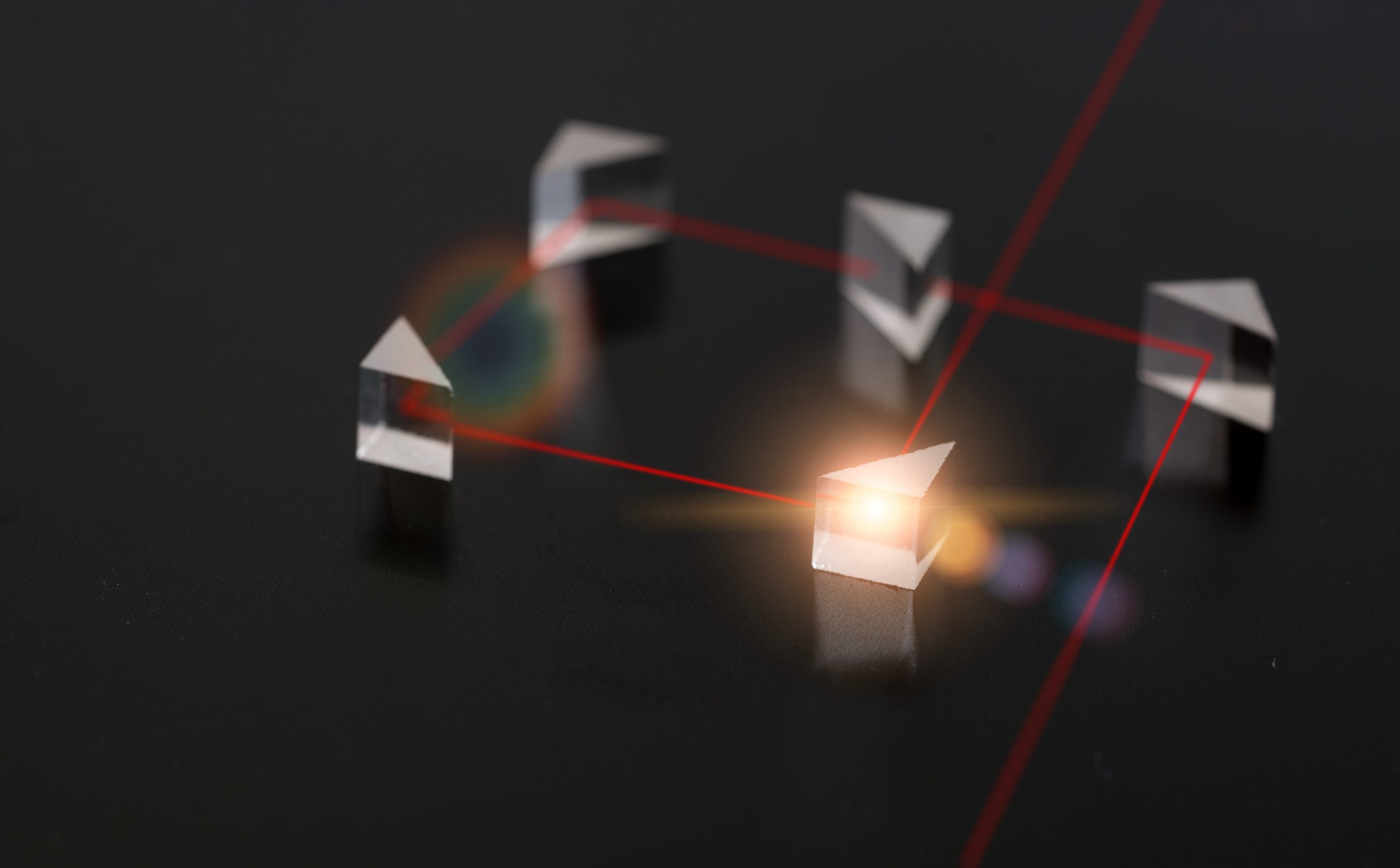
Imagine a world where telescopes in space and powerful lasers on Earth can function flawlessly for years without worrying about microscopic cracks or fractures diminishing their performance. This futuristic vision might inch closer to reality thanks to researchers’ recent discovery of self-healing glass. The crux of the challenge lies in the limitations of conventional materials [..]
Read More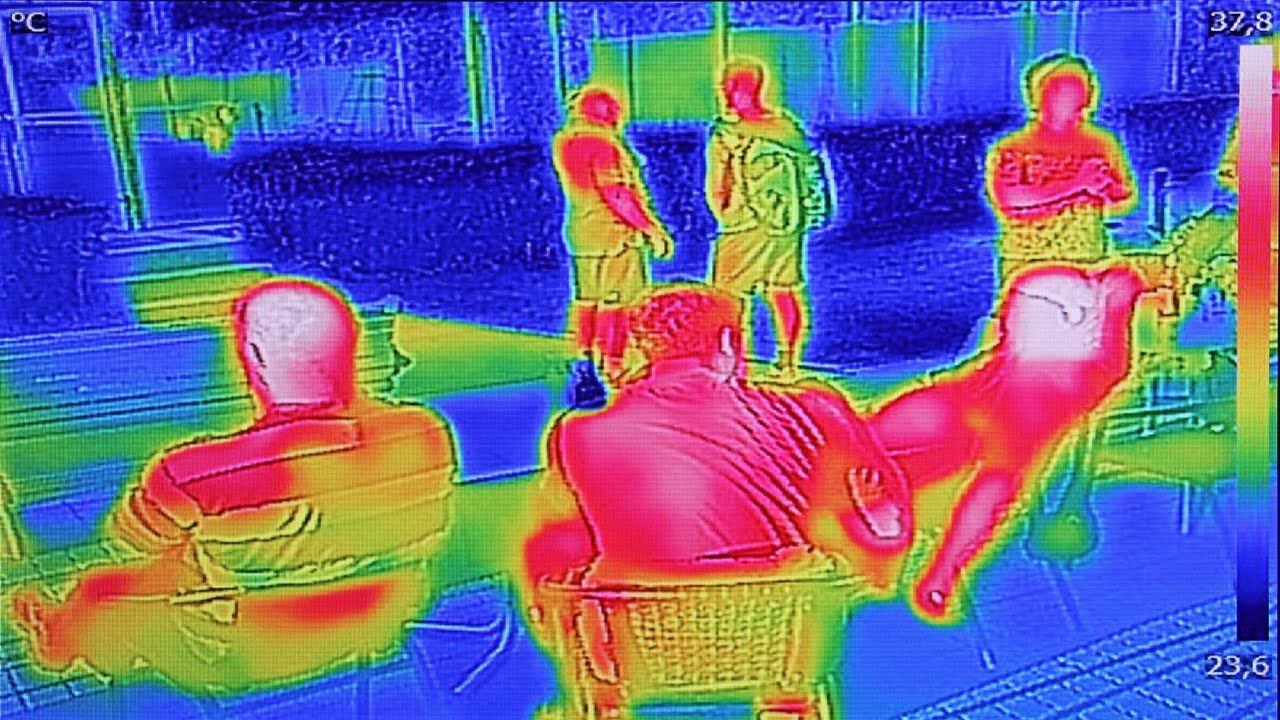
Jiming Bao, an electrical and computer engineering professor at the University of Houston, has invented a new method to improve thermal imaging and infrared thermography. These techniques measure and show temperature distributions without physically touching the photographed material. Thermal cameras and infrared thermometers are very sensitive tools used in various industries, including military and medical [..]
Read More
A groundbreaking study has demonstrated the potential of optical spectroscopy to assess COVID-19 severity rapidly. By employing Brillouin light scattering (BLS) spectroscopy, researchers have shown that subtle changes in blood plasma viscosity can serve as a valuable biomarker for disease progression. BLS is a non-invasive technique that analyzes the interaction of light with acoustic waves [..]
Read More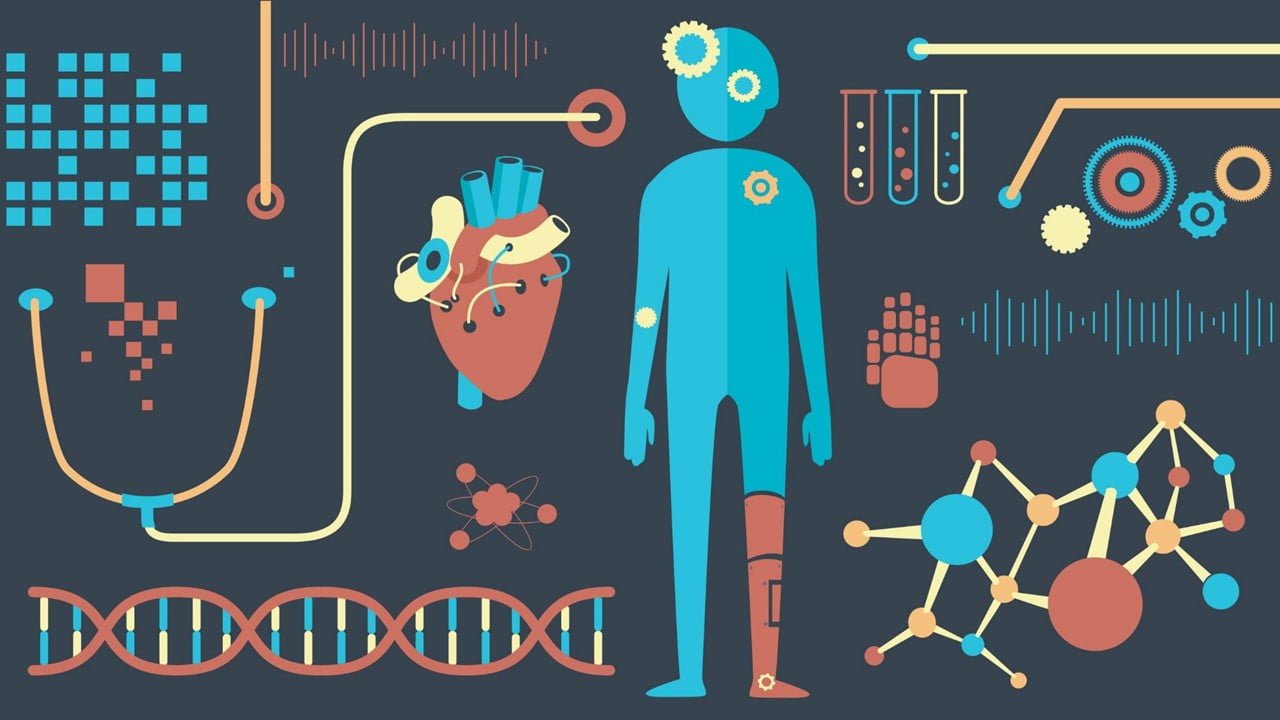
Solitary pulmonary mucinous adenocarcinoma (SPMA) is a challenging lung cancer to diagnose due to its often slow-growing nature. Traditionally, invasive surgical biopsies have been the gold standard for confirmation. However, a recent study has introduced a promising alternative: a novel nomogram model. This nomogram is a diagnostic tool that combines clinical and radiological data to [..]
Read More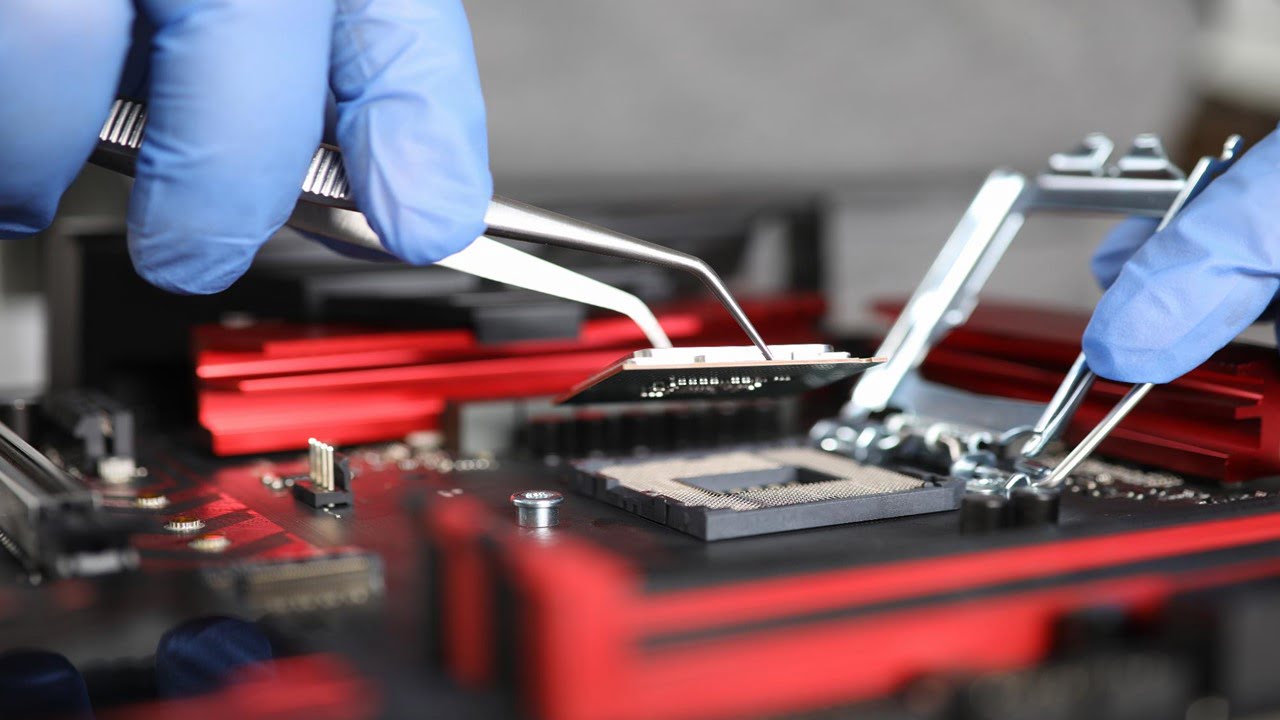
Researchers have made significant strides in optoelectronics by developing a new type of LED capable of emitting spin-controlled photons at room temperature. This breakthrough could revolutionize how we harness light and electrons in devices like LEDs, solar cells, and lasers. The team’s previous research involved creating a polarized LED using perovskite materials. Building upon this [..]
Read More
A team of researchers has made a significant breakthrough in photonics by trapping alkali atoms on an integrated photonic circuit. This groundbreaking achievement paves the way for developing quantum networks based on cold-atom integrated nanophotonic circuits. The team successfully cooled cesium atoms to near zero and trapped them on a photonic waveguide. These “frozen” atoms, [..]
Read More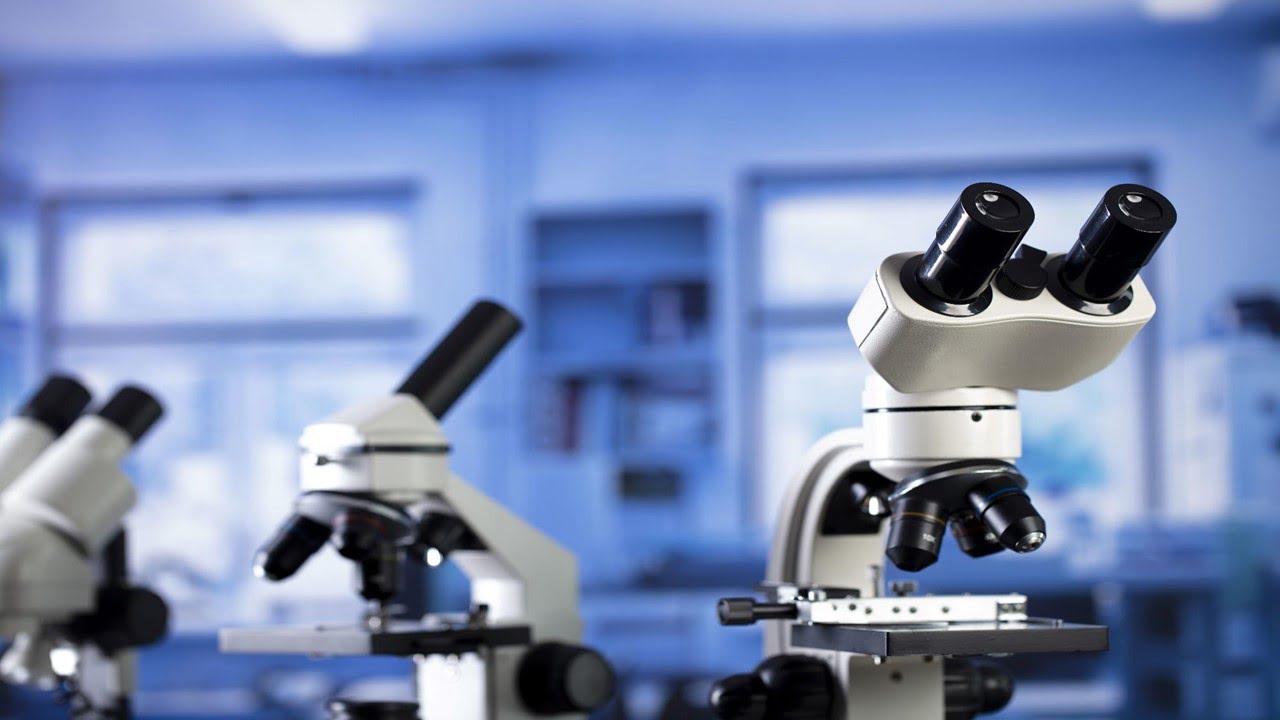
Our cell membranes are like the gatekeepers of our cells, controlling what goes in and out. But they’re not just passive barriers; they also respond to physical cues from their environment. A recent study used a powerful imaging technique called cryo-electron microscopy to show how these membranes react to mechanical stress. The study focused on [..]
Read More
Gamma imaging, a cornerstone of nuclear medicine, traditionally relies on large, stationary cameras. This limits patient access and restricts the technique to specialized departments. However, a new device, Seracam, is challenging the status quo. Seracam is a compact, portable gamma camera designed for small-organ imaging. Its dimensions – just 15 cm in diameter and 24 [..]
Read More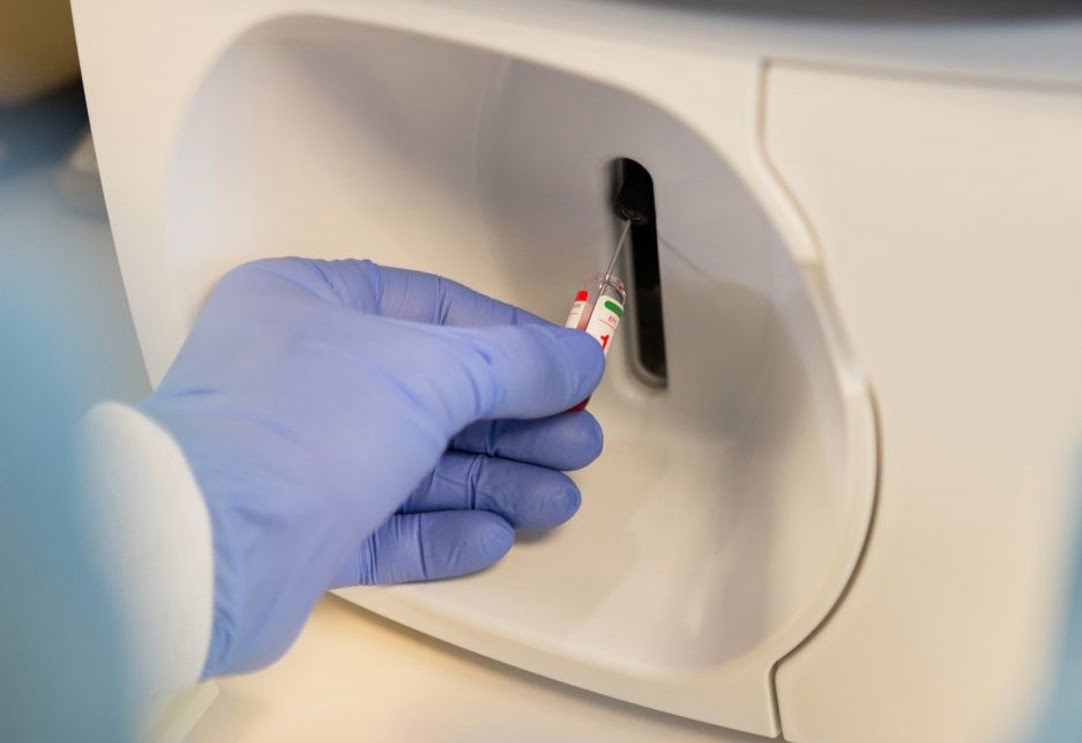
Accurately identifying and counting white blood cells (WBCs) in medical diagnostics is crucial for disease diagnosis and treatment monitoring. Traditionally, this task has been performed manually using microscopes, a time-consuming and labor-intensive process. The recent development of digital morphology analyzers offers a potential solution for faster and more automated WBC analysis. The new research evaluates [..]
Read More
Augmented reality (AR) is set to revolutionize how we interact with the world, overlaying digital information onto our physical environment. While various AR devices exist, stylish and lightweight glasses are poised to become the mainstream. To deliver a compelling AR experience, these glasses require advanced display technologies. Two primary display technologies compete for dominance in [..]
Read More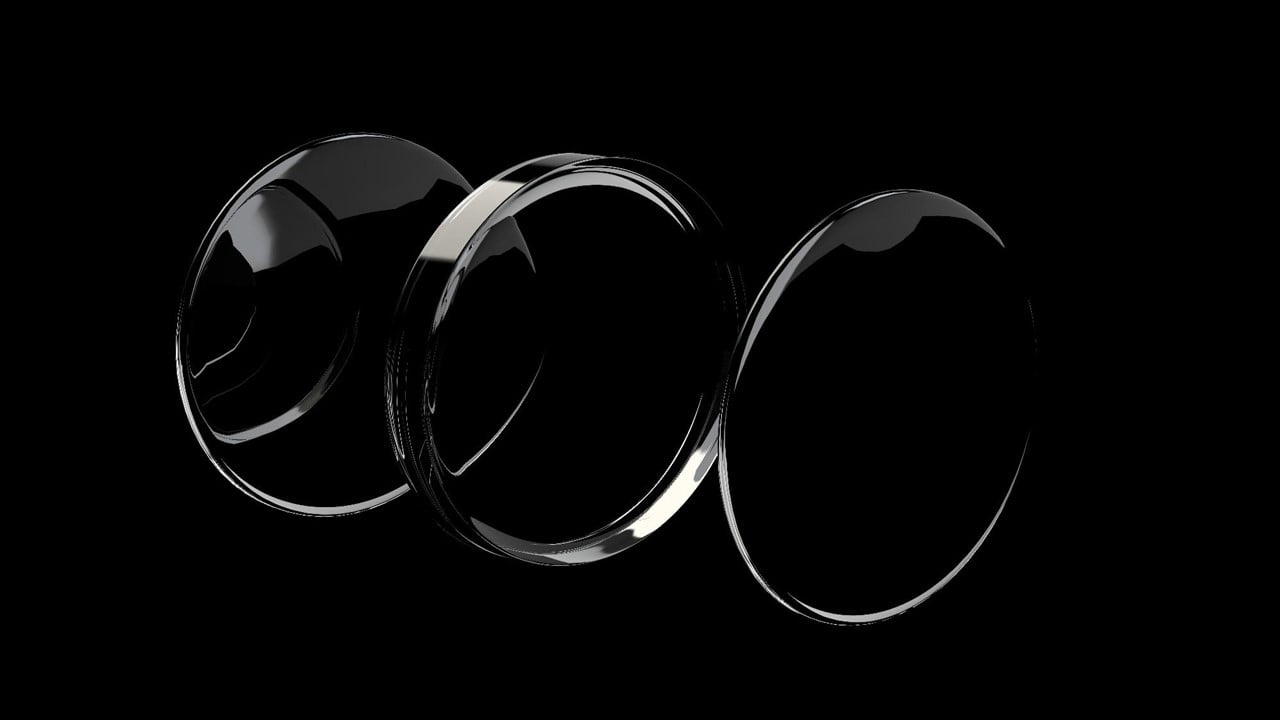
New research describes a novel technique for creating micro-optical components using a special type of ZIF-62 hybrid glasses. This method leverages hot imprinting, a 3D printing technique, to precisely shape the glass. Researchers have successfully fabricated micro-optical elements with this approach, paving the way for integrating Metal-Organic Frameworks (MOFs) into photonic devices. MOFs are a [..]
Read More
New research proposes a novel data privacy preservation protocol for smart cities that leverages the security benefits of biometrics while maintaining energy efficiency. Biometric data, such as fingerprints or facial recognition, provides a unique identifier for user authentication. The protocol incorporates fuzzy commitment schemes, a cryptographic primitive well-suited for optics and photonics applications due to [..]
Read More
Visualizing magnetic fields at the atomic scale has long been a holy grail for scientists studying magnetism. This quest has taken a significant leap forward with a new technique that uses a holography electron microscope to achieve a resolution of 0.47 nanometers. This breakthrough resolution allows researchers to peer into the magnetic world at the [..]
Read More
A new technique using lasers and 2D materials offers hope in the fight against plastic pollution. Researchers have developed a method that breaks down plastic waste into its basic building blocks, transforming it into reusable chemicals. This approach can potentially revolutionize plastic waste management and create a more sustainable future. The process works by focusing [..]
Read More
Microwaves, a form of electromagnetic radiation, are finding new applications in medical imaging. A recent study demonstrates the potential of microwave-induced ultrasound imaging for real-time tissue monitoring. The new method uses high-energy pulsed microwaves to excite molecules within tissue. This creates images at a high frame rate, which means that the images can be updated [..]
Read More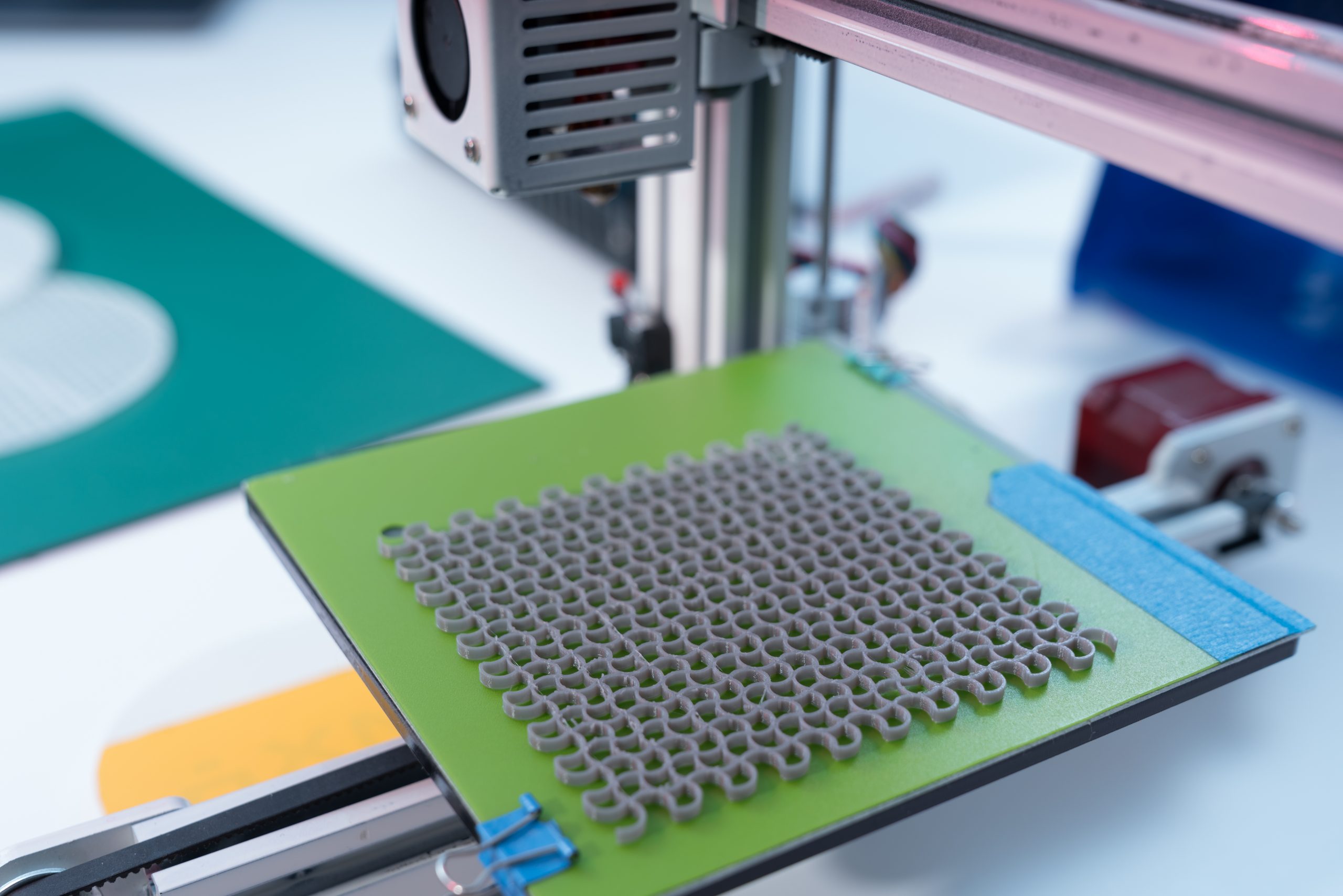
Scientists have developed a new method for integrating quantum dots with metasurfaces to enhance light emission significantly. This paves the way for brighter displays and more accurate biosensing applications. Quantum dots are semiconductor nanocrystals known for their unique optical properties. They can be tuned to emit specific light colors, making them ideal for various applications, [..]
Read More
Researchers have made a significant breakthrough in creating perfect linear optics using silicon photonics. This new approach overcomes limitations faced by current state-of-the-art optical architectures. The problem lies in achieving high fidelity while avoiding insertion loss. Traditional methods often introduce unwanted signal loss or errors. The researchers have proposed a groundbreaking solution using a silicon [..]
Read More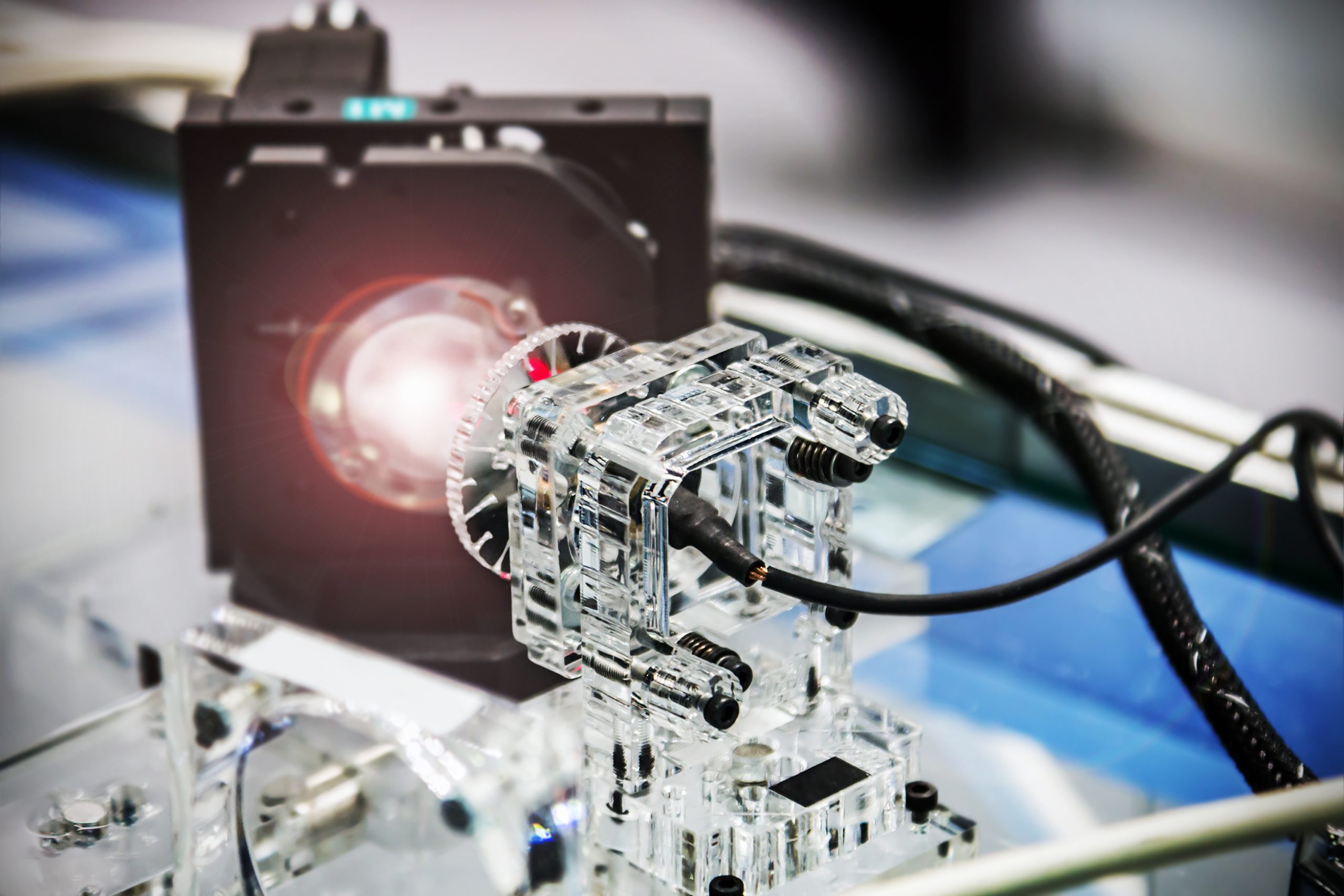
Two-photon polymerization (2PP) is a powerful 3D printing technique for creating intricate microstructures. However, its widespread adoption has been hampered by the high cost of femtosecond lasers, a key component. Researchers have developed a promising solution: a two-laser approach that significantly reduces the femtosecond laser power requirement, making 2PP printing more affordable. Traditionally, 2PP relies [..]
Read More
Neurodevelopmental disorders (NDDs) are a group of conditions affecting brain development and function. While genetic factors play a significant role, traditional methods often fail to identify the underlying cause. This is where a powerful new technique called optical genome mapping (OGM) offers a fresh perspective on NDD diagnosis. Current methods like short-read sequencing struggle to [..]
Read More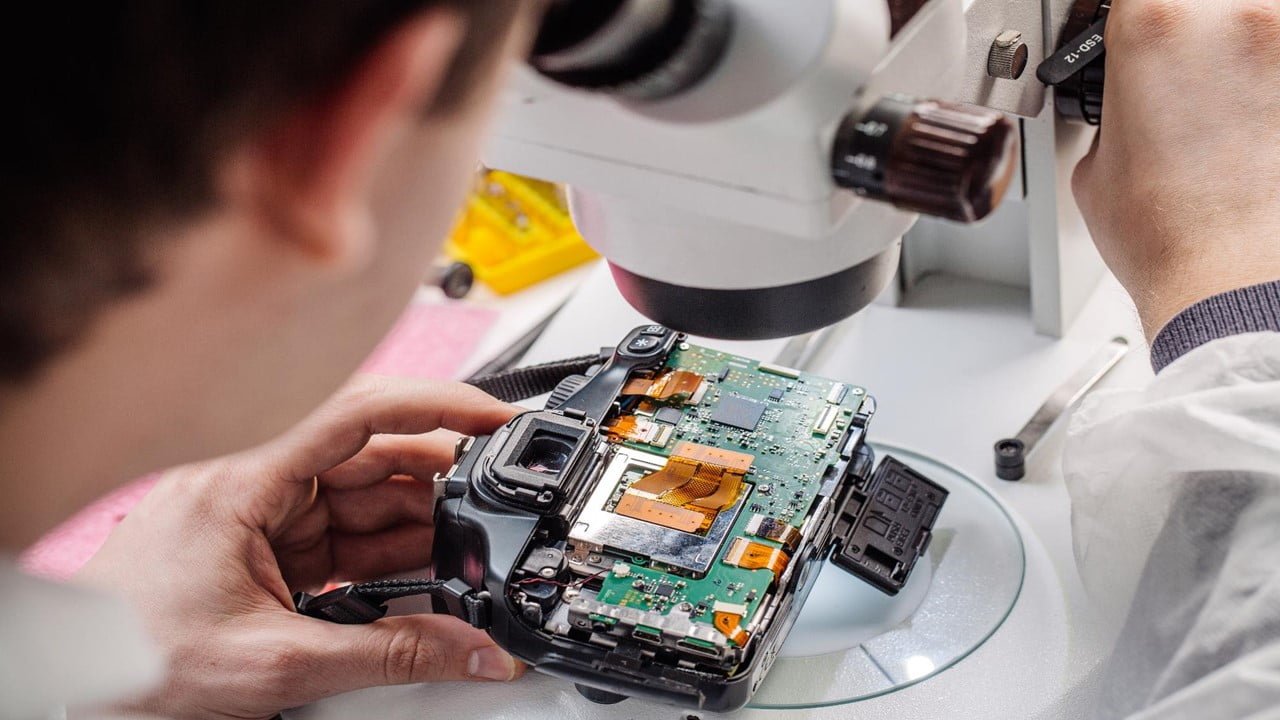
Researchers have successfully observed a time crystal oscillating at GHz frequencies on a chip, marking the first time such high-frequency oscillations have been observed in a condensate sample on a semiconductor device. This discovery could lead to new applications in optoelectronic devices. Time crystals are a special material that exhibits a periodic structure in time [..]
Read More